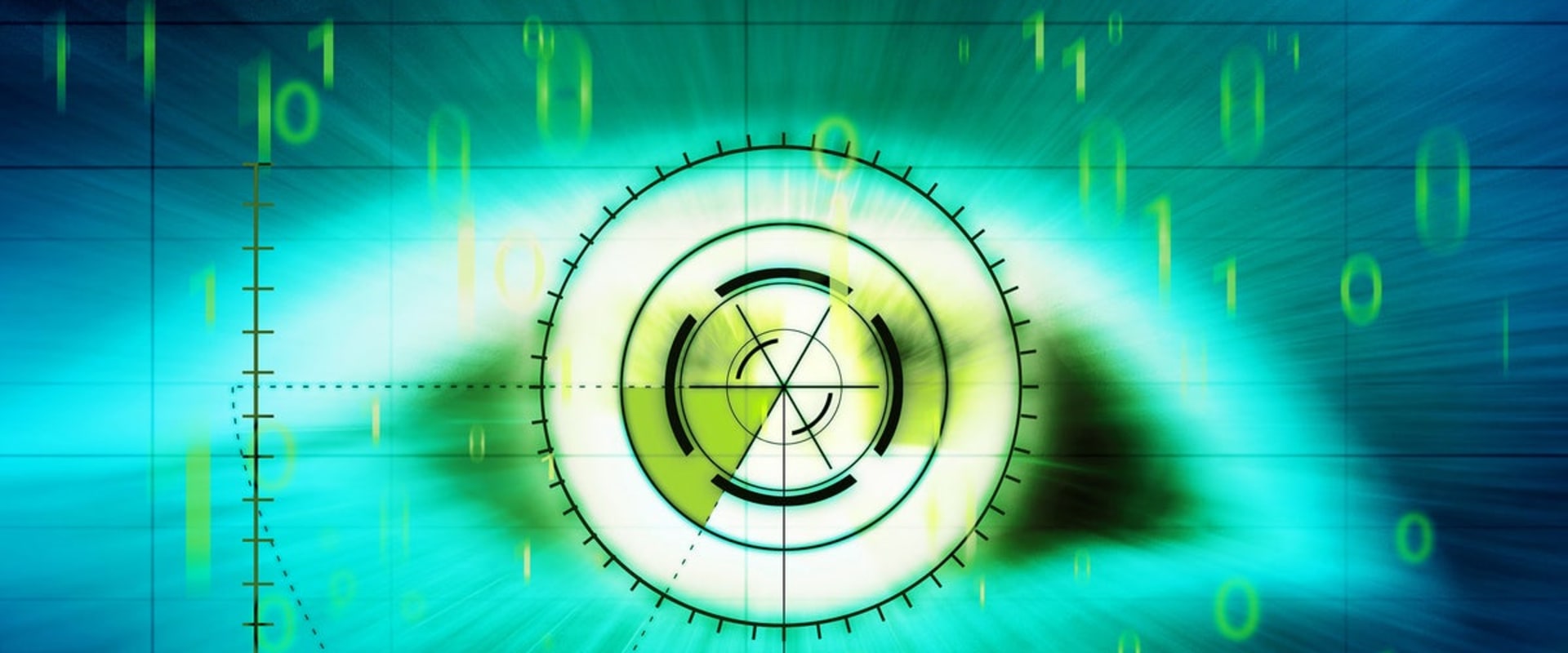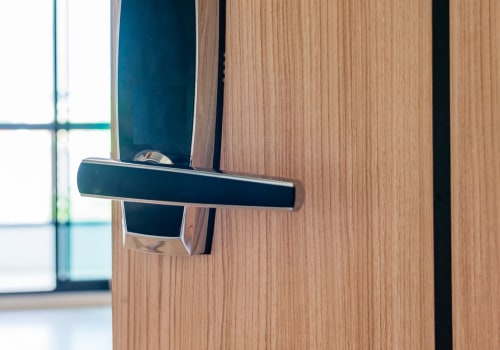Data security is a top priority for businesses, especially those in the healthcare industry. Firewalls and intrusion detection solutions are two of the best ways to keep your systems secure and prevent unauthorized access. Firewalls create a barrier between trusted and untrusted networks, while intrusion detection solutions are designed to detect and respond to potential threats. In this article, we will explore how firewall and intrusion detection solutions work and how they can help protect your business from cyber threats.
We'll look at the different types of firewalls, how they can be configured, and the benefits they provide. We'll also discuss the different types of intrusion detection solutions, how they can be used, and what their advantages are. Finally, we'll discuss some best practices for deploying and maintaining firewall and intrusion detection solutions.
Firewall and Intrusion Detection Solutions
are important tools for HIPAA technical support, providing organizations with the protection they need from malicious attacks and data breaches. Firewalls act as a barrier between a network and the internet, preventing unauthorized access to confidential data.Intrusion detection systems monitor activity within a network, alerting administrators to suspicious behavior and helping them identify malicious actors. Both solutions are essential for any organization that needs to protect their data. When selecting a firewall and intrusion detection solution, it is important to consider factors like budget, security needs, and complexity. Different solutions offer varying levels of protection and features. For example, some solutions provide more sophisticated monitoring capabilities, while others may be better suited for organizations with limited resources.
Examples of different solutions include software firewalls, hardware firewalls, cloud-based firewalls, and dedicated intrusion detection systems. Once the right solution has been chosen, there are several best practices to follow when implementing it. This includes ensuring that the firewall or intrusion detection system is properly configured, running regular scans to identify any vulnerabilities, and regularly patching the system to avoid known exploits. Additionally, organizations should always have comprehensive backup plans in place in case of an attack. In summary, firewall and intrusion detection solutions are essential for HIPAA technical support. Organizations should carefully consider their security needs when selecting the right solution for their environment.
They should also ensure that their firewall or intrusion detection system is properly configured and regularly updated. By following these steps, organizations can rest assured that their data is secure.
How to Select the Right Solution for Your Organization
When selecting the best firewall and intrusion detection solution for your organization, there are several important factors to consider. These include budget, security needs, and complexity. Budget is an important factor to consider when selecting the right solution.Different solutions have varying costs associated with them, so it is important to find a solution that fits within your budget while also providing the necessary security. Security needs are also an important factor to consider when selecting a firewall or intrusion detection solution. Different solutions provide different levels of security, so it is important to find the one that meets your organization's specific needs. Lastly, complexity is an important factor to consider.
Some solutions may require more technical knowledge than others, so it is important to select one that is appropriate for your staff's level of expertise. By taking all of these factors into consideration, you can select the right firewall or intrusion detection solution for your organization.
What is Firewall and Intrusion Detection?
Firewalls and intrusion detection systems (IDS) are two types of security solutions that work together to protect an organization’s network and data from malicious attacks. Firewalls act as a barrier to incoming traffic, while intrusion detection systems monitor for suspicious activity.Both solutions are used to detect and prevent malicious activities, such as viruses, worms, and other malicious code. A firewall works by blocking unauthorized access to a network or system by examining each incoming packet of data and allowing only those that meet certain criteria. Firewalls can be configured to allow or deny traffic based on source IP address, port numbers, protocol type, or other criteria. Firewalls can also be used to prevent access to specific applications or services.
An intrusion detection system (IDS) is a tool used to detect malicious activities on a network or system. It works by monitoring network traffic or system processes for known threats or suspicious activities. It then alerts administrators when it detects something out of the ordinary. Intrusion detection systems are often used in conjunction with firewalls to provide an extra layer of security.
There are a variety of different types of firewall and intrusion detection solutions available, each with their own strengths and weaknesses. The best solution for an organization depends on its specific needs. For example, a small business may benefit from a basic firewall solution, while a large enterprise may need more sophisticated firewalls and intrusion detection systems.
How to Implement a Firewall or Intrusion Detection Solution
Implementing a firewall or intrusion detection system (IDS) to protect your organization from cyber attacks is an important step in HIPAA technical support. Firewalls and IDSs are two distinct security systems that can be used in combination to protect your network. Firewalls are used to control the flow of data between networks and devices.They act as a barrier between trusted and untrusted networks, blocking malicious traffic and only allowing traffic from trusted sources. Firewalls can be set up as either hardware or software solutions. Intrusion detection systems (IDSs) are used to detect potential malicious activity on a network. IDSs are designed to analyze network traffic and detect suspicious patterns that may indicate malicious activity, such as unauthorized access attempts, malware infections, or denial-of-service attacks. IDSs can be set up as either hardware or software solutions. When setting up either a firewall or intrusion detection system, it is important to understand the type of threats your organization is likely to face, as well as the types of solutions available.
Once you have determined the type of solution best suited for your organization, there are several best practices to consider when implementing a firewall or intrusion detection system:1.Configure the firewall or IDS correctlyIn order to ensure that the firewall or IDS is working correctly, it must be properly configured. This includes setting up rules and policies that define what types of traffic can pass through the firewall or IDS, and ensuring that the system is able to detect potential malicious activities. It is also important to regularly update the firewall or IDS with the latest security patches and updates.
2.Monitor for suspicious activity
Once the firewall or IDS has been configured, it is important to regularly monitor the system for any suspicious activity. This includes monitoring for unusual connections, suspicious packets, and other signs of malicious activity.3.Respond quickly to alerts
When an alert is generated by a firewall or IDS, it is important to respond quickly in order to mitigate any potential damage.This includes isolating the affected systems and investigating further in order to determine the root cause of the alert.
4.Perform regular maintenance
Regular maintenance is necessary in order to ensure that the firewall or IDS remains effective. This includes regularly checking for misconfigurations, updating signatures and rulesets, and testing for vulnerabilities. In conclusion, firewalls and intrusion detection systems are essential tools for protecting an organization’s digital infrastructure from malicious actors. In order to choose the right solution, organizations should consider their specific needs, budget, and technical capabilities. Once a solution is selected, it should be implemented and monitored regularly in order to ensure that the network is secure.For more information on firewalls and intrusion detection systems, readers should consult the resources provided.








Leave Message